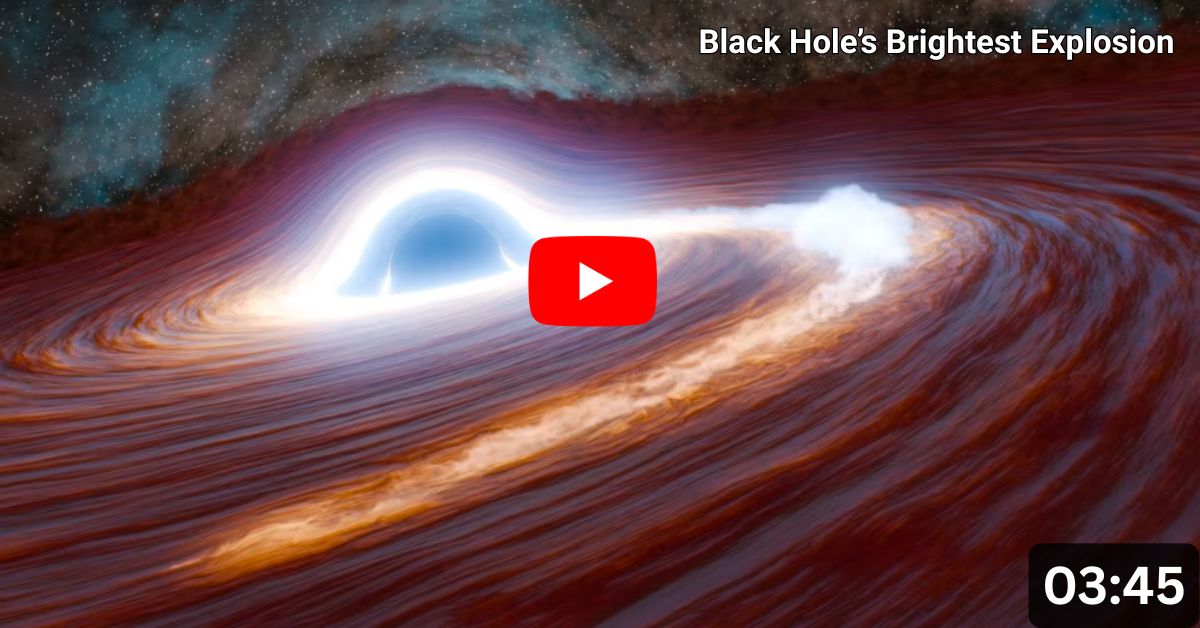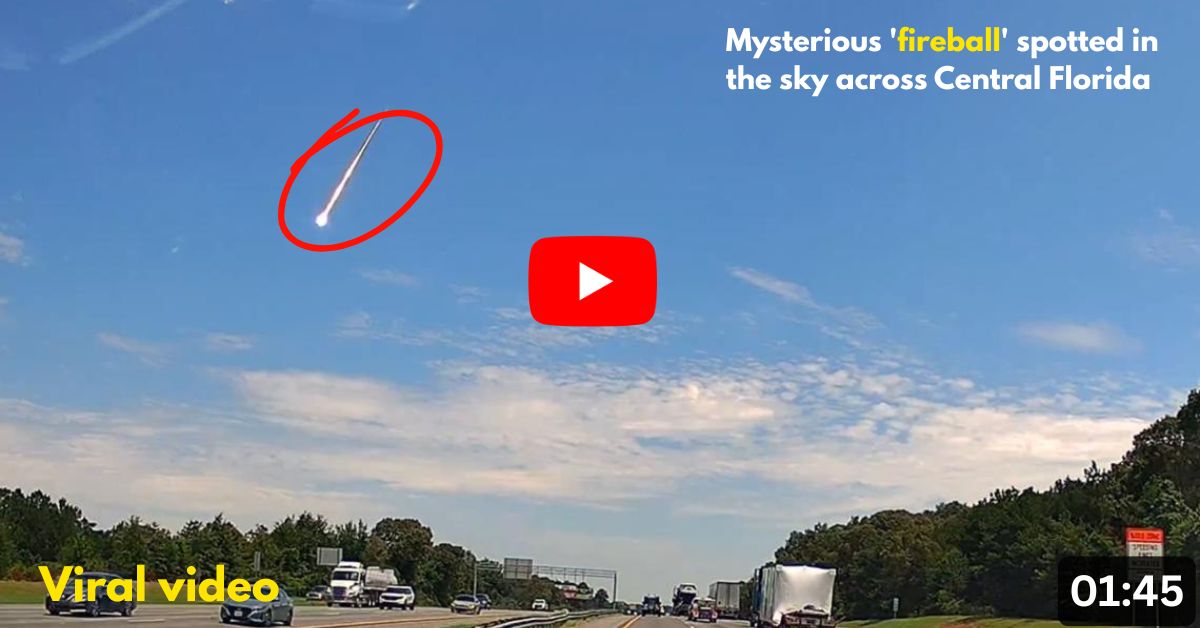Astronomers have observed the brightest flare ever recorded from a supermassive black hole, releasing an energy equivalent to 10 trillion suns. This rare cosmic event, caused by a black hole devouring a massive star, gives scientists new insights into black hole activity and the early universe.
The Discovery
In 2018, the Zwicky Transient Facility (ZTF) detected an unusually bright light in a distant galaxy. Follow-up observations revealed that the flare was not a supernova but a supermassive black hole tearing apart a star roughly 30 times the mass of the Sun. The resulting explosion emitted light that traveled over 10 billion years to reach Earth, giving researchers a look into the universe’s distant past.
Why It’s Significant
- Record-Breaking Flare: The brightness surpasses any previously observed black hole eruption.
- Early Universe Insight: Scientists are essentially peering 10 billion years back in time, studying black hole behavior when the universe was young.
- New Understanding of Black Hole Activity: Extreme star disruptions may be more common than previously thought, reshaping galaxy evolution models.
Dr. Selim Karaman, an astrophysicist involved in the study, stated:
“This event shows how supermassive black holes can release unimaginable energy. Each flare tells us more about how galaxies grow and evolve.”
Next Steps for Research
Astronomers are now monitoring the flare as it fades, while upcoming observatories like the Vera C. Rubin Observatory aim to capture similar events. Studying these phenomena helps scientists understand not only black holes but also the evolution of the universe.
Thumbnail Text Ideas (for Facebook/YouTube)
- “Brightest Black Hole Ever”
- “10 Trillion Suns Light”
- “Cosmic Explosion!”
- “Black Hole Eruption”
Visual Concept:
- Dark space background with a bright flare emanating from a black hole.
- Glowing light effects and streaks to suggest immense energy.
- Keep the text readable over the image, top or bottom corner.



